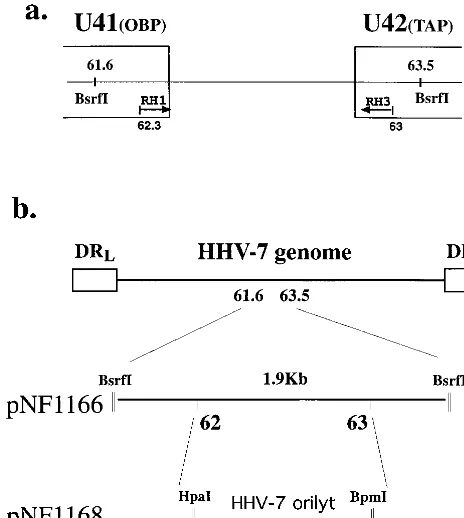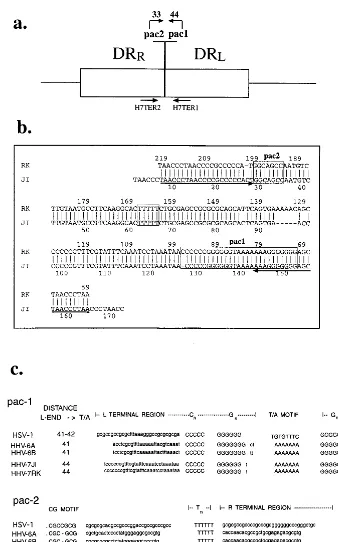Tamplicon-7, a Novel T-Lymphotropic Vector Derived from Human Herpesvirus 7
Full text
Figure


Related documents
To study induc- tion of immune responses in mice, C3H/He mice were injected with each of the following three retrovirus vectors, LHBc(3A4), LHBe(5A2), and LHBc-NEO(6A3)
In summary, these analyses indicate that (i) introduction of sim- ple BLV producer cells or proviral DNA induces production of anti-BLV antibodies; (ii) injection of simple BLV
Previously, it was shown that even though isolated 5 9 or 3 9 ends of vRNA can bind to the polymerase complex, neither end alone can efficiently stimulate endonu- clease activity
The maximum welfare improvement from shifting part of the burden of tax from capital to labor is the equivalent of a permanent increase in consumption of between only 1.491 and
Research findings 202 Factors influencing fishing effort and the socio-economic aspects of the subsistence reef fish fishery 202 Interactions between subsistence and
much higher before plant after completion Plant apparently producing content of closed dihydrate = mostly silica of major solids noted down for during this major repair shutdown
The learning model employed a progression of Matlab commands, programs and GUIs to deliver programming skills, numerical mathematics knowledge, computational
Methods for reducing human exposure to solar ultraviolet radiation may not provide the expected degree of reduction in exposures with resultant undesirable effects which could